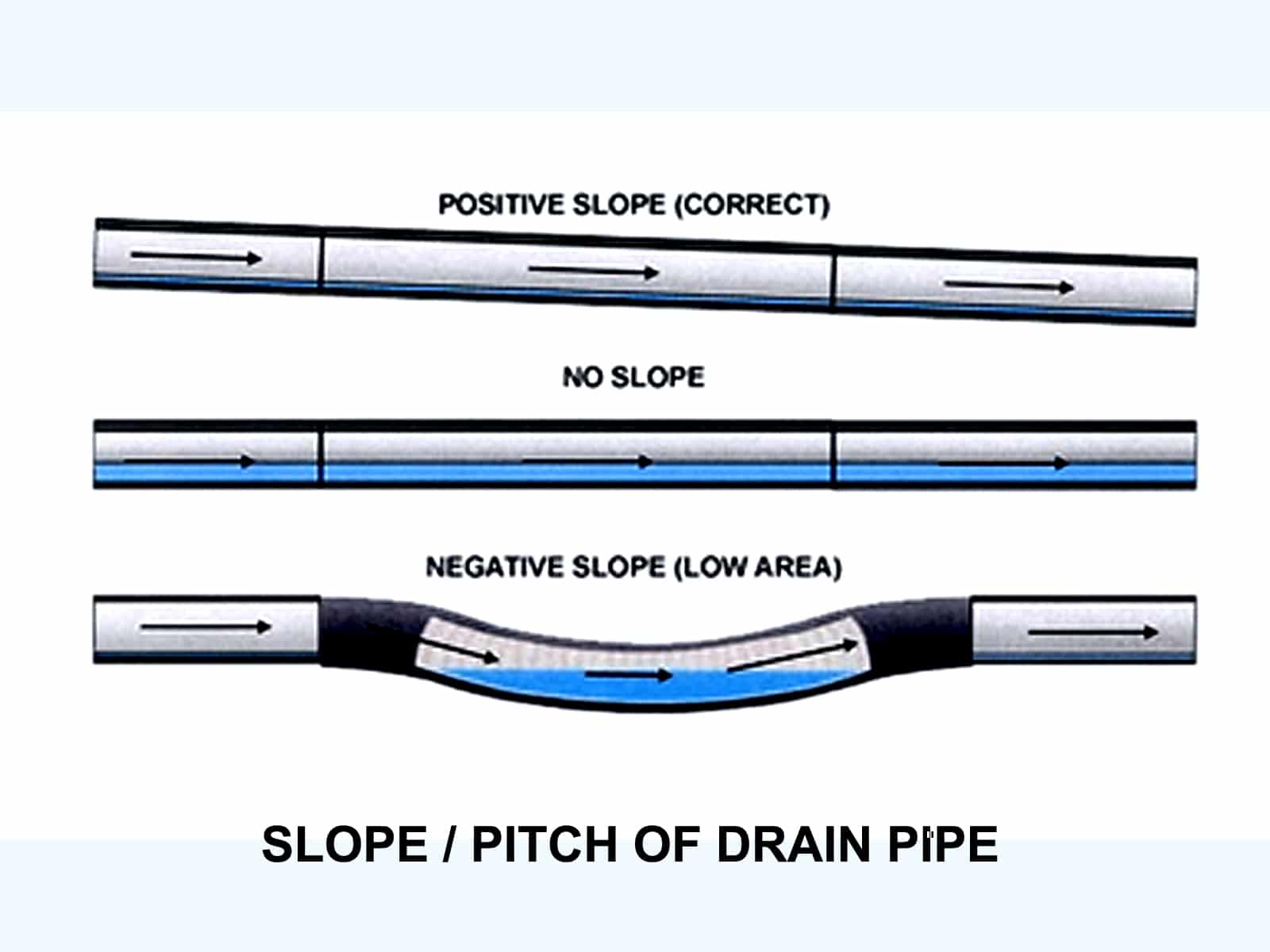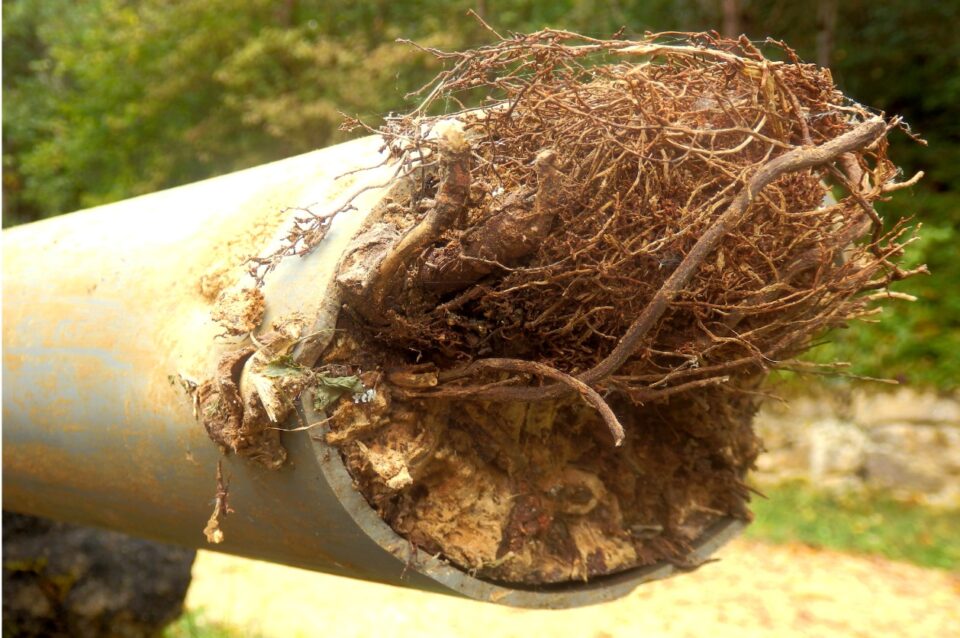Some things are good to know if you own a property. That is true regardless of if you live in a relatively small neighborhood like The Village of Island Park, or a large metropolis like NYC. Knowledge of your plumbing should be included in that “knowledge base”. With that said, the following is a tutorial for property owners about underground drainage pipe materials. This article is meant as a general guide as each municipality, town, and city, has different plumbing codes.
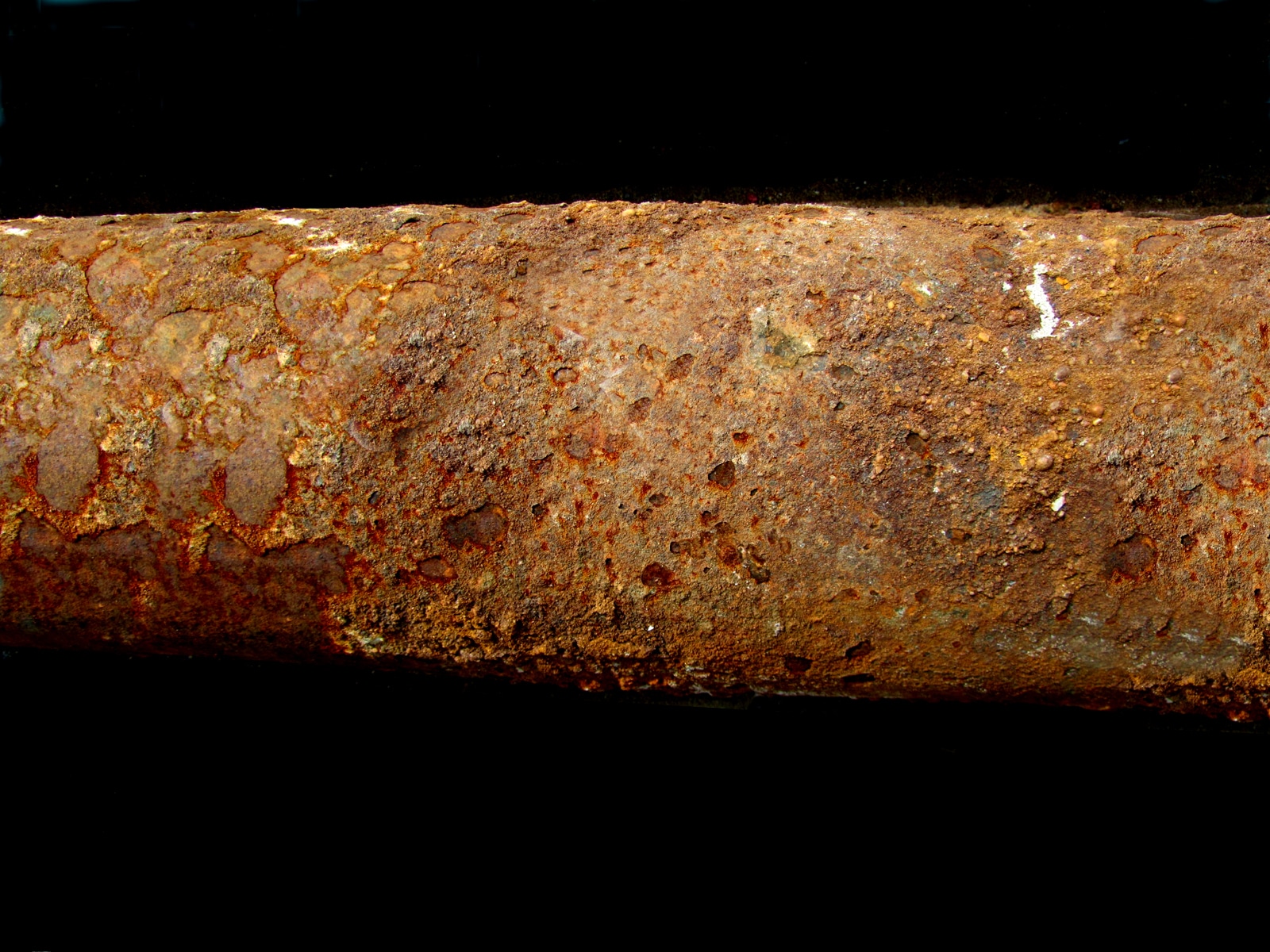
House sewer and drain line repair and replacement work
Repairing and replacing a sewer line always involves excavation works. Your home sewer repair may ruin your lawn or driveway, and certainly will cost a good amount of money. The underground sewer work may involve repairing a cracked sewer line or installing a brand new pipe to replace the older severely damaged one. Regardless of the exact scope of work, it always helps if you know what type of underground drainage pipe is buried in your property.
-
Plastic Sewer Pipe:
Since the 1970s, plastic has been the material of choice for many underground drainage pipe installations. Most common types include PVC and ABS simply because they serve the same purpose as their cast-iron and clay counterparts. Some of their characteristics make them more durable. Plastic pipe has a smooth inner surface. That smoother surface means it can carry wastewater in much more efficient way. Because plastic pipe also has the same texture on the outside, and water-tight joints, it helps prevent root damage too.
Plastic sewer pipe is the material of choice for DIY plumbers too due to it being lightweight, affordable, available, and its ease of installation. An additional advantage is that PVC or ABS can be easily connected to clay or cast-iron pipe (with readily-available tools) without restricting water flow. [box type=”info”] Important to note, in many municipalities, NYC being one of them, plastic pipe is not legal for house sewer lines.[/box]
-
Cast-Iron Sewer Pipe:
One of the best properties of cast iron pipe is strength. Although this type of sewer pipe is now commonly associated with older homes, you can still find it in a lot of new properties as well. This is not because the owner of the new property actually installed a cast-iron sewer line, but it had already been there long before the house was constructed. In many cases the sewer line is just a remnant of the older property that used to exist in the area. Cast-iron is strong but does not necessarily have the tensile strength that its plastic counterpart has. Therefore working with cast-iron pipe is generally more difficult because you need more specialty tools as well. Just like anything made of cast-iron, this type of sewer pipe is heavy-duty, but it can rust over a very long period of time.
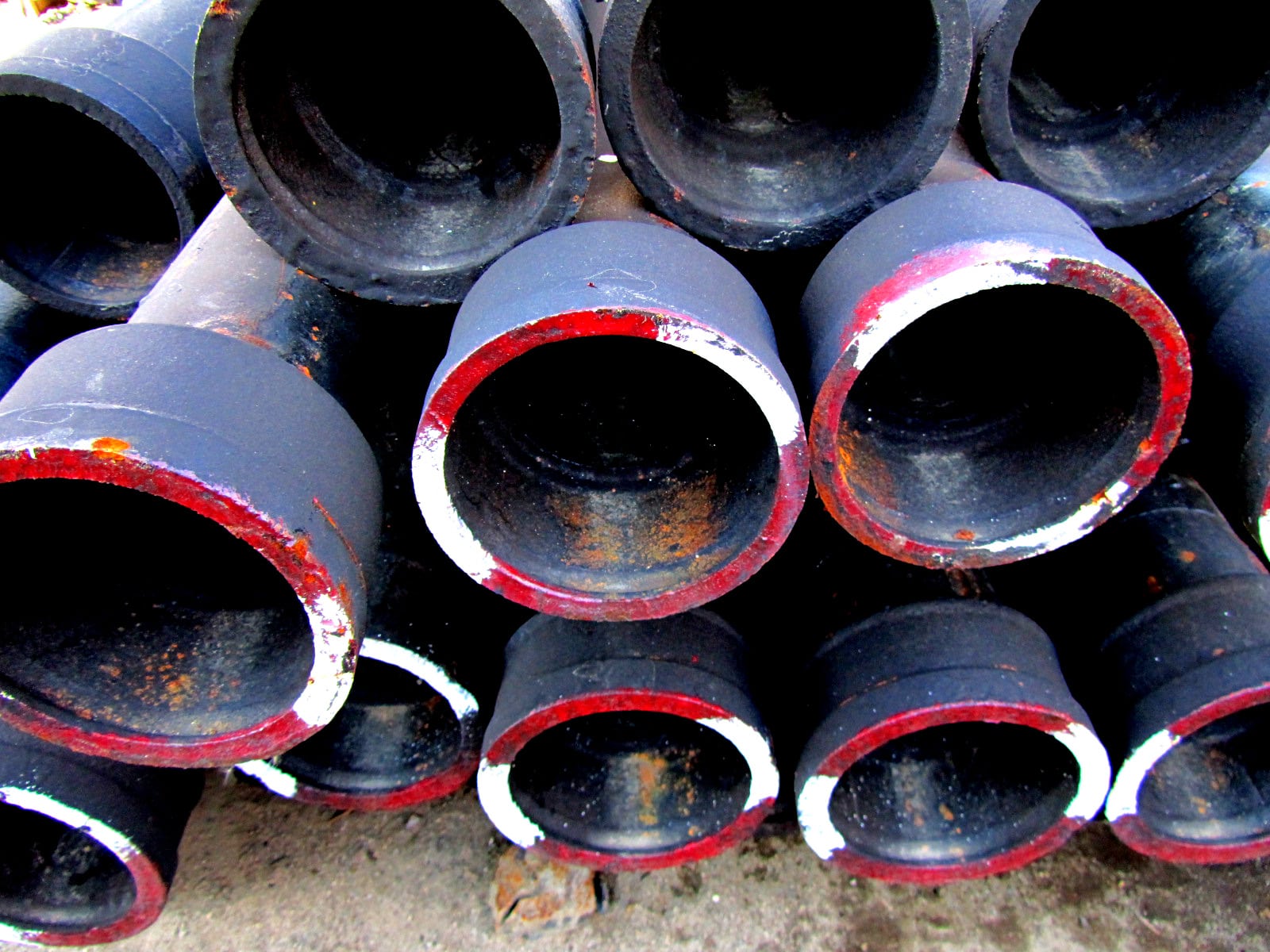
[box type=”info”] In NYC extra heavy cast iron is code compliant. It is also the underground drainage pipe of choice. Almost all house sewer lines in NYC are made from extra heavy cast iron pipe.[/box]
-
Clay Sewer Pipe:
If cast-iron is susceptible to tree roots infiltration, clay is even worse. Unlike iron or plastic, sewer pipe made of clay tends to have joints that are not water tight. Therefore it creates a perfect gateway for roots to penetrate through, and find a good source of water and humidity. Also, unlike cast iron or plastic, clay does not have a high tinsel strength; it is brittle. That means it it more prone to break. When clay pipe, known as vitrified clay, is installed it should be encases in concrete.
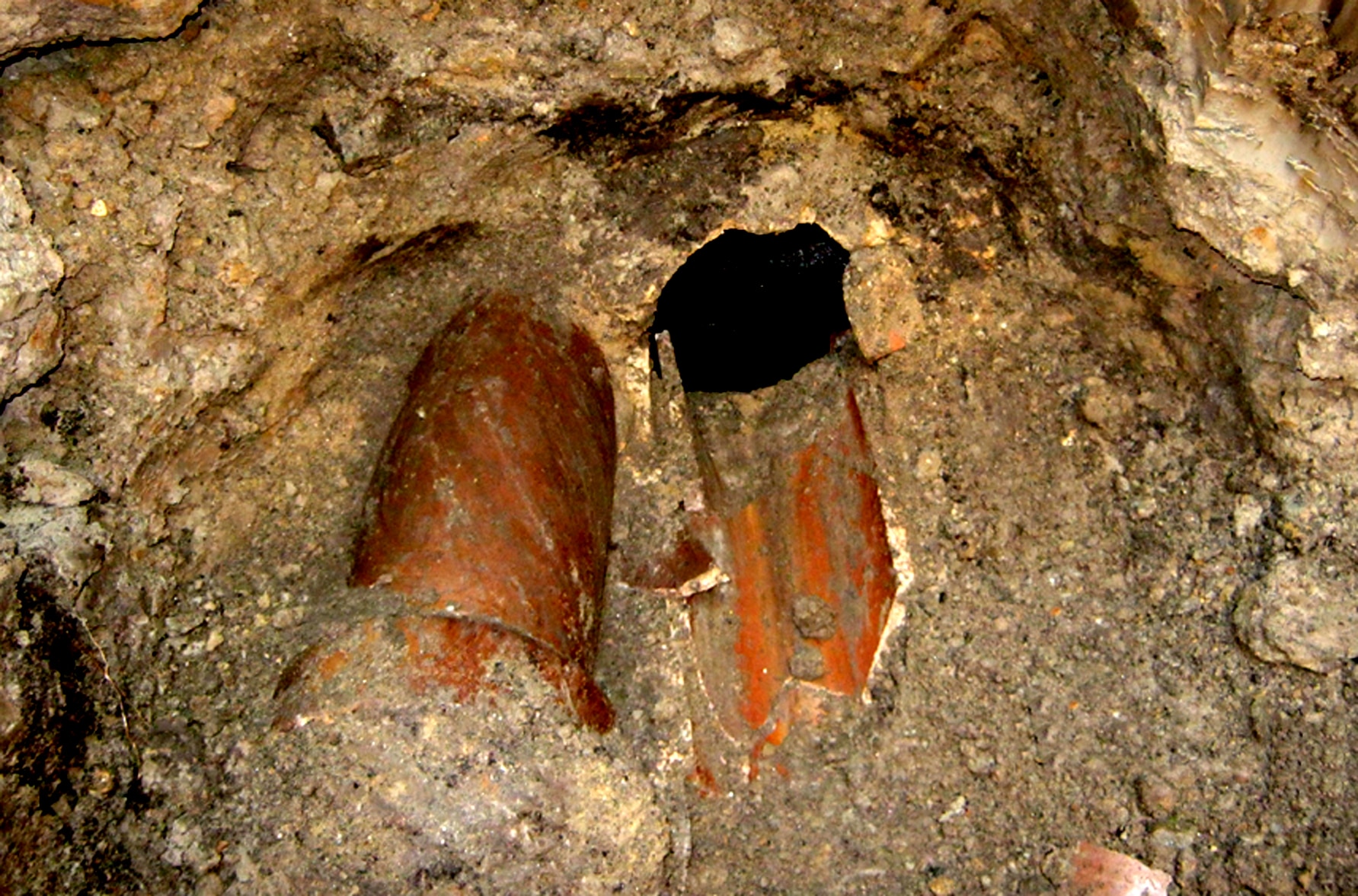
The good thing is that clay is inert, so it is resistant to chemical reactions possibly generated by waste materials. Clay is also impervious to highly acidic or alkaline water conditions. Though not frequently used for underground drainage pipe for house sewers, it is still used for municipal sewer systems. Vitrified clay sewer pipe is still available from select plumbing supply houses.
-
Orangeburg as underground drainage pipe:
Prominently used between 1860s and the 1970s, Orangeburg pipe was made of wood fibers pressed together with pitch. Pitch is a form of hot tar. Despite the name, the pipe was not orange in color. The name is derived from the pipe being manufactured in Orangeburg, located in New York. Back in the day when it was popular, a lot of plumbers used Orangeburg because it was light, easy to work with, and inexpensive.
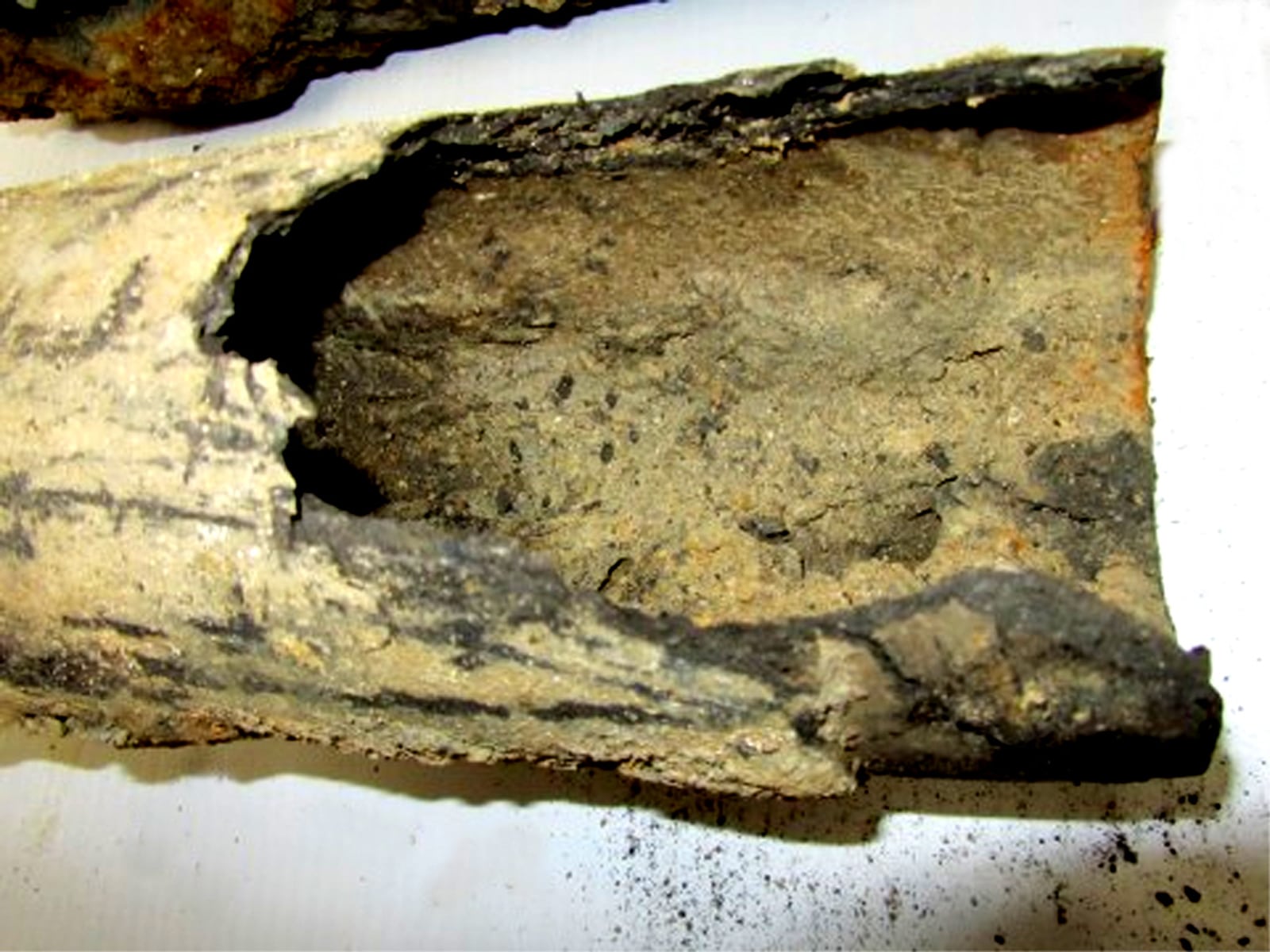
The stated lifespan was around 50-years, which was actually perhaps too good to be true. However, when Orangeburg did fail, it was usually because the pipe collapsed. In fact Orangeburg was not originally intended to convey water. It was meant to be a transit in which other pipes could be inserted. Orangeburg when exposed to water would soften, deteriorate, and eventually collapse. It was eventually replaced by the more popular Extra Heavy Cast Iron, or by PVC (for water supply line) and ABS (for drainage system) where plastic is legal.
Underground Drainage Pipe for Your sewer line
Regardless of the underground drainage pipe material, your sewer line is not invulnerable to deterioration. Plastic has become the ultimate choice in modern plumbing for all its good characteristics, but it does not mean that PVC and ABS are indestructible. Depending on the type, professional plumber can more easily determine the right repair method to do or how to prepare for the installation of new pipe. When you do need a sewer pipe repair, count on the Balkan Team for expert advice, service, and repair.
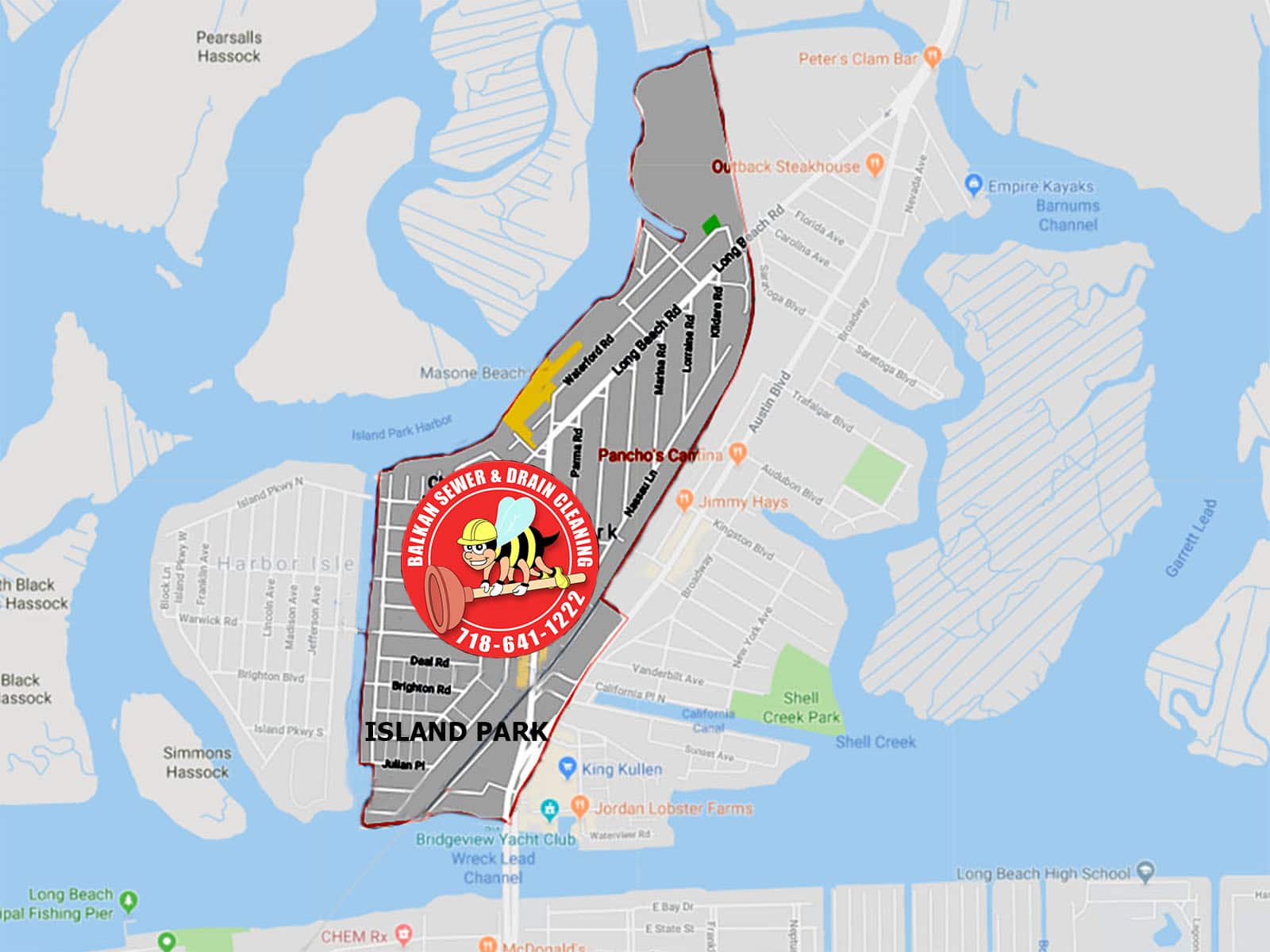
A Little Bit About the Village of Island Park
The Village of Island Park is a relatively small community. As of a census taken in 2010 the population was just over 2,000 people. The total area of the entire village is just one-and-half-miles. The village is bordered n 3 of its sides by the Long Island Railroad, and on its 4th side by a man-made canal. The Village of Island Park was incorporated in 1926. The village has many parks, restaurants, and coffee shops. Most residents own their own home. Island Park is also in close proximity to many of Long Islands, and Queens most popular beaches.

